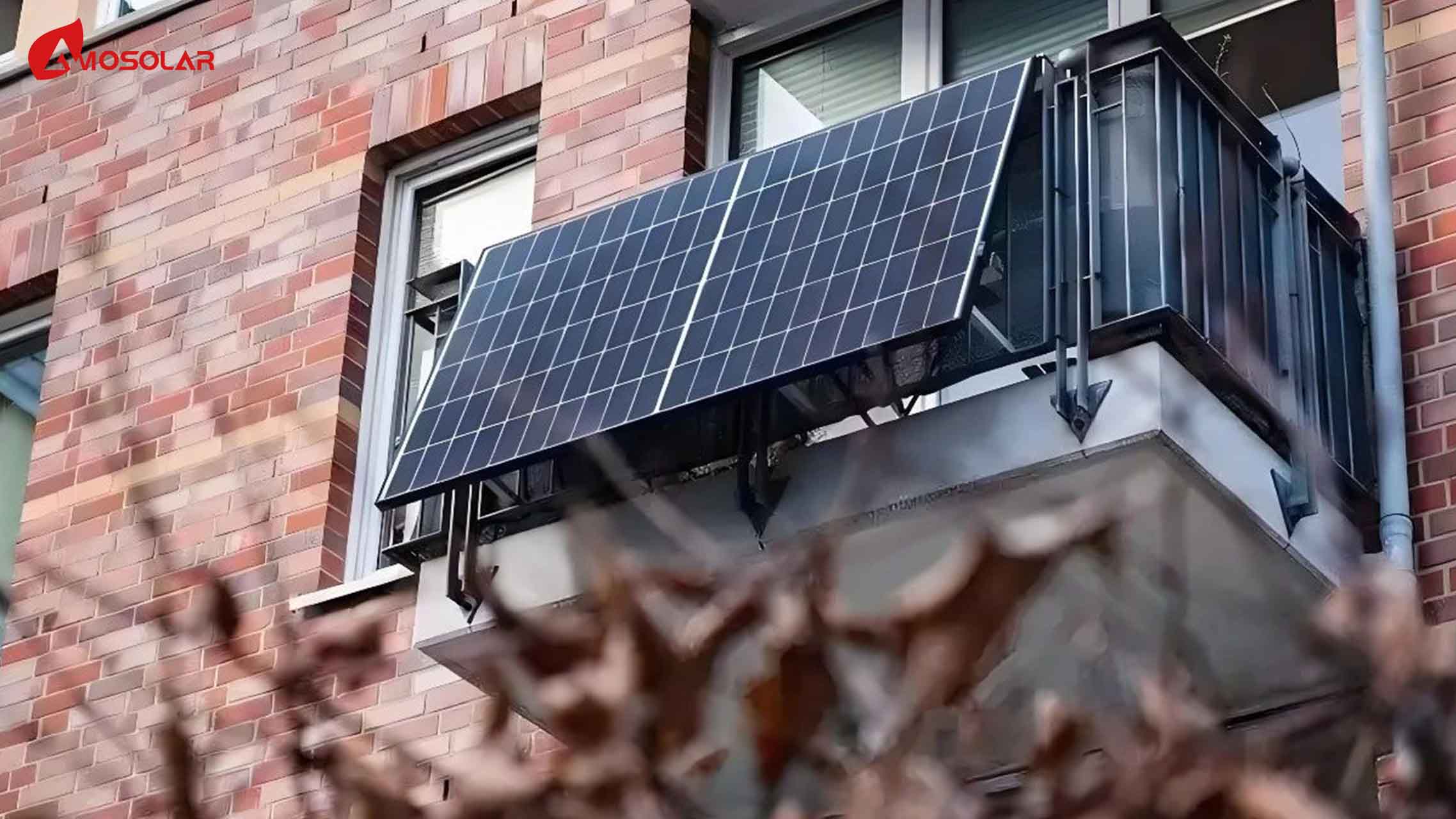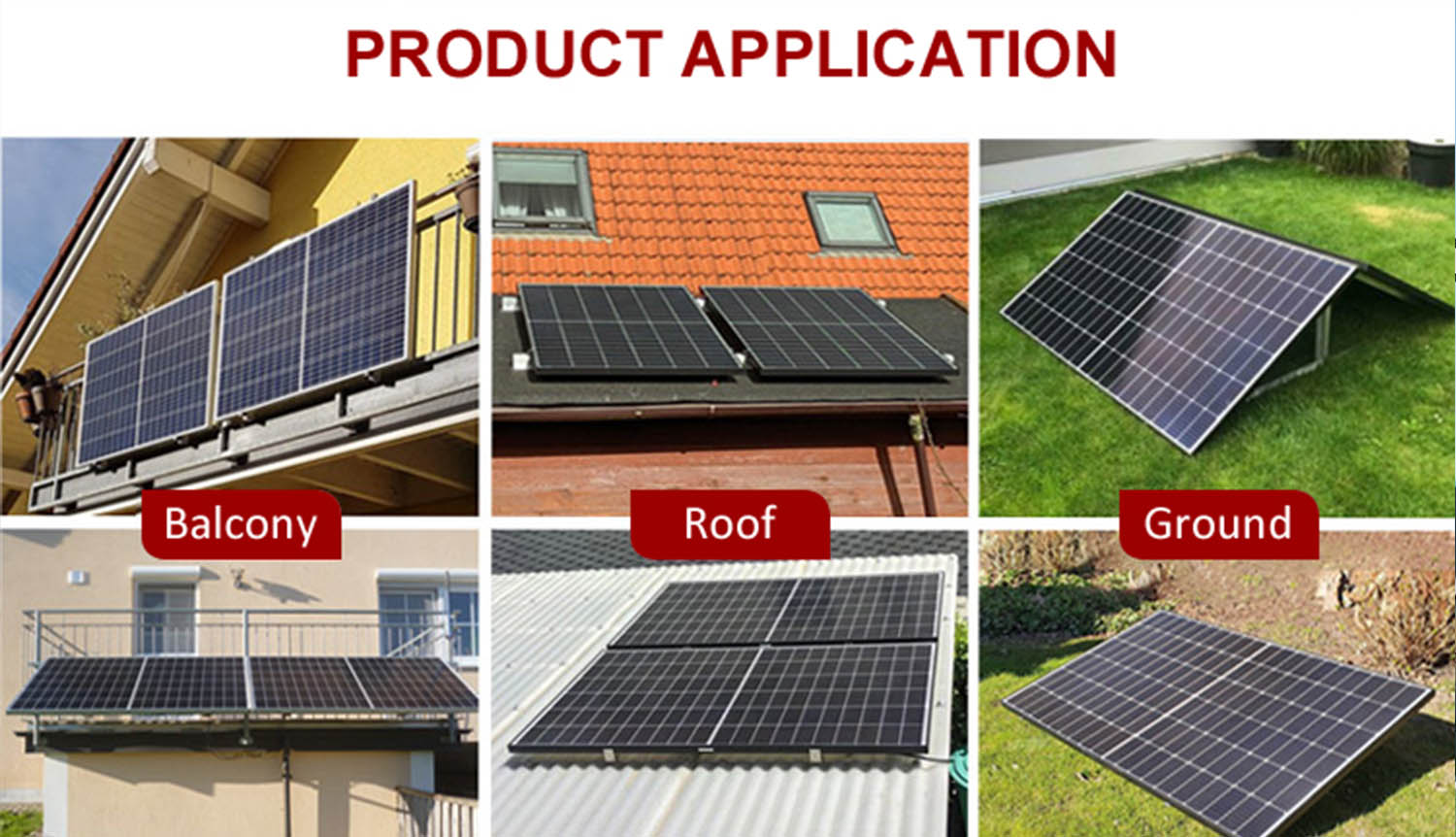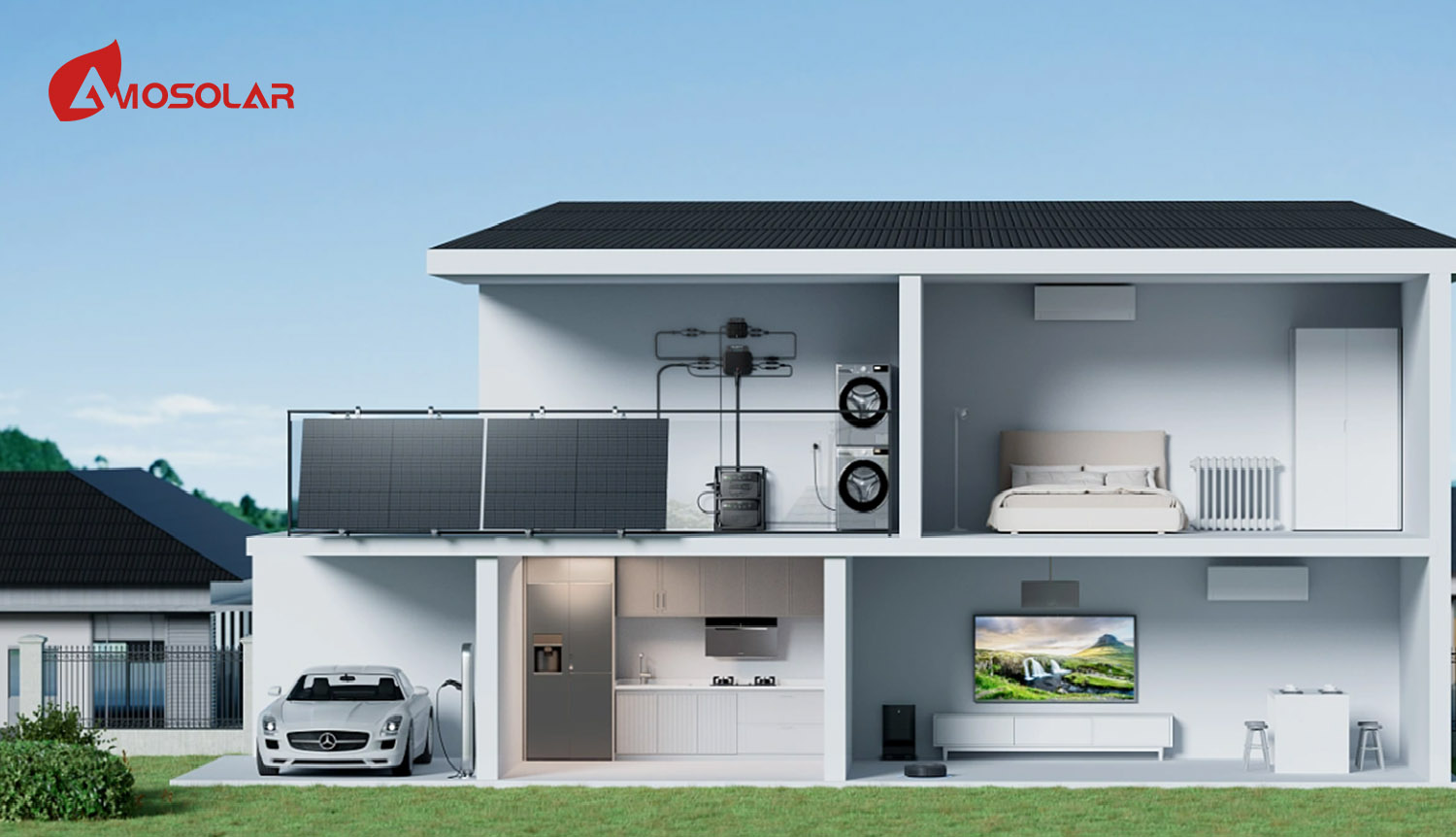Introduction
Balcony photovoltaic systems are a growing segment of urban solar energy, designed to be installed on balconies or building facades without major structural modifications. Typically ranging from 300W to 3kW, these systems include plug-in solar panels, micro inverters, and optional energy storage devices. Their modularity makes them especially suitable for apartment dwellers and urban households. With growing affordability and improved return on investment, balcony solar systems have become a popular solution across Europe. In this article, we explore how leading countries are supporting this trend through innovative policies and market development.
01 Germany: A Policy-Driven Pioneer
Germany leads the European market in balcony photovoltaic adoption. Updates to the Renewable Energy Act in 2024 allow these systems to skip the traditional grid operator registration, requiring only an online registration with the Federal Network Agency. Tenant rights are protected under rental laws, ensuring landlords cannot unreasonably block installations. These policies led to a 47% year-over-year sales surge in 2024, with 1.2GW of new installations in Q1 2025.
Technological innovations include micro inverter and smart controller integrations. However, lower sunlight in the north limits energy yield, and circuit upgrades still represent 22% of total installation costs. Cities like Berlin and Hamburg are setting examples with more than 35 installed systems per square kilometer. To enhance efficiency, the government plans to pilot a dynamic pricing model for better balcony solar system integration into local grids.

02 Italy: Tax Incentives Drive Growth
Italy’s high residential electricity costs have made balcony solar systems economically attractive. The 2024 Superbonus allows homeowners to claim 110% tax credits for system installation. This policy increased average system size from 1.3kW to 2.8kW, leading to 0.89GW in new installations during the first half of 2024.
The country emphasizes energy storage integration. Enel’s modular kits show a 68% installation rate and boost on-site energy use to 83%. A new energy market model lets homeowners pre-sell electricity, and €470 million is allocated to strengthen southern grid infrastructure.
03 Spain: Grid Optimization in Focus
Spain encourages urban solar energy adoption through subsidies and grid reforms. The 2023 “Localization Plan” offers a 15% discount on locally produced components. A “15-minute grid connection” promise ensures full system activation within 18 working days.
Small businesses lead the charge, installing 50–100kW systems, with excess energy sold at €0.18/kWh. New initiatives such as the “virtual balcony” project improve performance on shaded facades, and updated safety standards for balcony photovoltaic systems support this growth.
04 France: Combining Design and Energy Efficiency
France integrates balcony photovoltaic systems into city planning. Policy reforms now allow installations on 79% of protected buildings. VAT has dropped from 20% to 5.5%, and green financial tools like the “Sunshine Credit” are now available.
France’s strict standards require smart breakers and monitoring, increasing initial costs but reducing failures. Blockchain-based sharing models are being tested in cities like Marseille, but southern infrastructure still requires major upgrades.

05 Greece: Islands Lead the Way
With 1,800 hours of sunshine annually, Greece supports balcony solar systems on its islands. Subsidies and policy exemptions have increased adoption, especially among low-income households. A power trading platform in Athens adds financial incentives.
Technical issues like voltage deviation require mandatory energy storage. Pilot projects combining balcony photovoltaic systems with desalination show how solar can power essential services in remote areas.
Conclusion
Europe is rapidly embracing balcony solar systems, with each country tailoring its policies to local needs. The next challenges lie in grid upgrades and certification. From 2025 to 2030, the market is expected to grow by 24–28% annually. As solar energy Europe matures, balcony photovoltaic systems will become key in sustainable urban development.
As balcony solar systems continue to redefine how Europeans engage with renewable energy, choosing the right technology partner is key. Amosolar offers industry-leading plug-in solar panels, high-efficiency micro inverters, and advanced energy storage tailored to urban solar energy needs. Whether for homeowners or developers seeking reliable apartment solar solutions, Amosolar’s products align with the demands of solar energy Europe. Join the future of power with Amosolar.











 Address: No.210 QianShan Road, Shushan Dsitrict, Hefei, Anhui, China
Address: No.210 QianShan Road, Shushan Dsitrict, Hefei, Anhui, China Tel:
Tel:  Email:
Email:  Contact: Sabrina Han
Contact: Sabrina Han
